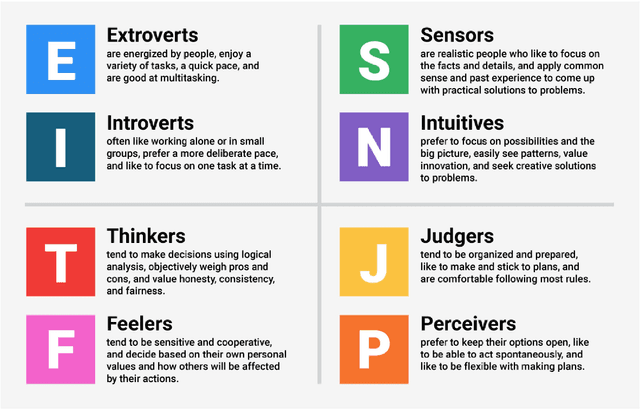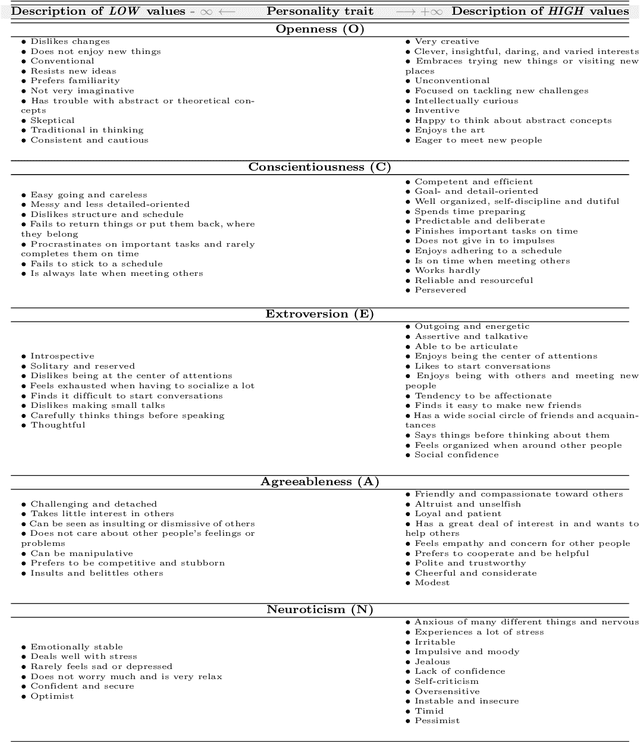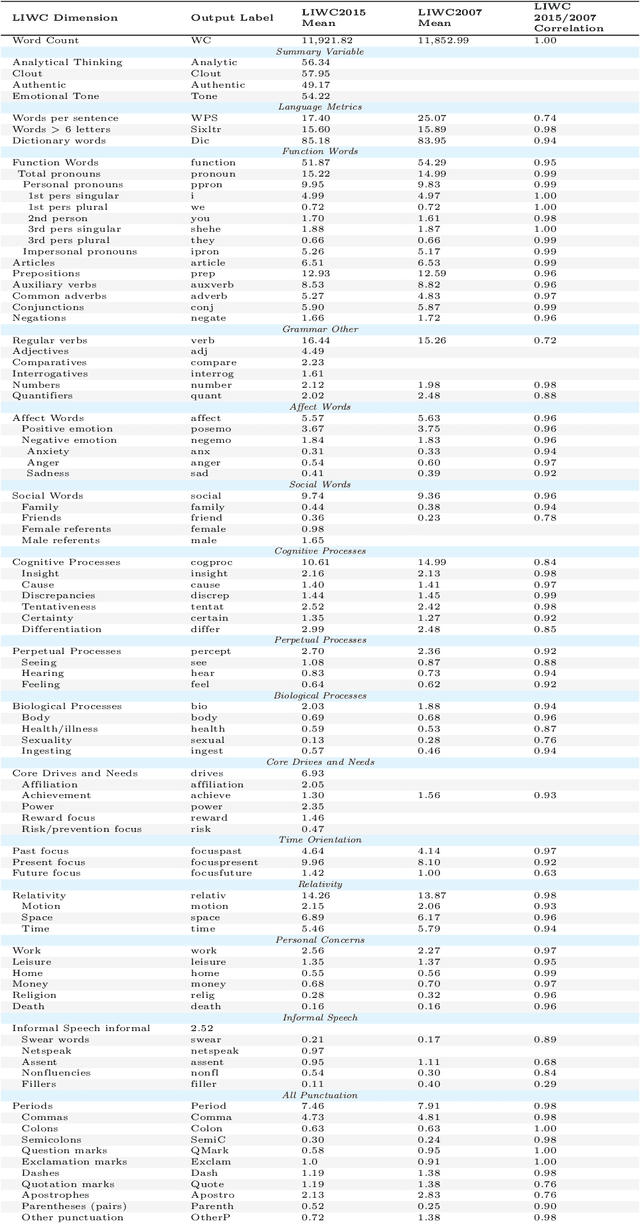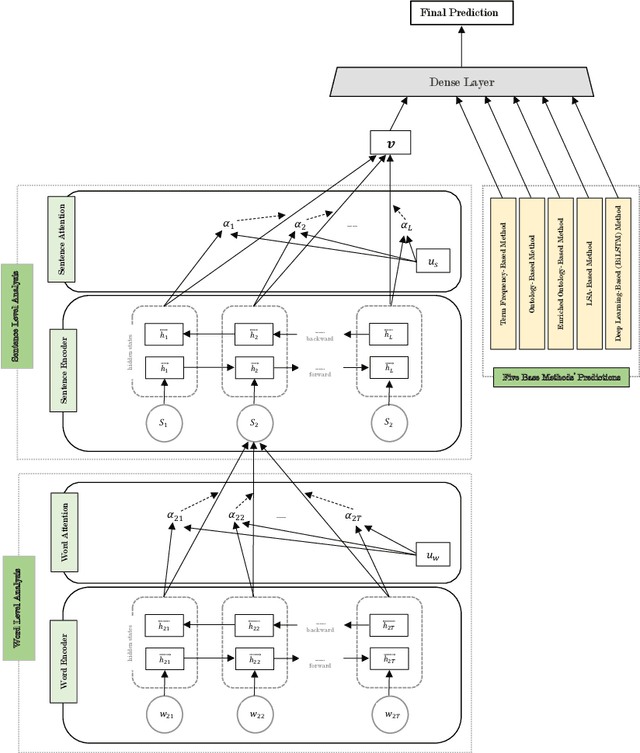Taymaz Akan
Rahkar-Farshi
Leveraging Video Vision Transformer for Alzheimer's Disease Diagnosis from 3D Brain MRI
Jan 27, 2025Abstract:Alzheimer's disease (AD) is a neurodegenerative disorder affecting millions worldwide, necessitating early and accurate diagnosis for optimal patient management. In recent years, advancements in deep learning have shown remarkable potential in medical image analysis. Methods In this study, we present "ViTranZheimer," an AD diagnosis approach which leverages video vision transformers to analyze 3D brain MRI data. By treating the 3D MRI volumes as videos, we exploit the temporal dependencies between slices to capture intricate structural relationships. The video vision transformer's self-attention mechanisms enable the model to learn long-range dependencies and identify subtle patterns that may indicate AD progression. Our proposed deep learning framework seeks to enhance the accuracy and sensitivity of AD diagnosis, empowering clinicians with a tool for early detection and intervention. We validate the performance of the video vision transformer using the ADNI dataset and conduct comparative analyses with other relevant models. Results The proposed ViTranZheimer model is compared with two hybrid models, CNN-BiLSTM and ViT-BiLSTM. CNN-BiLSTM is the combination of a convolutional neural network (CNN) and a bidirectional long-short-term memory network (BiLSTM), while ViT-BiLSTM is the combination of a vision transformer (ViT) with BiLSTM. The accuracy levels achieved in the ViTranZheimer, CNN-BiLSTM, and ViT-BiLSTM models are 98.6%, 96.479%, and 97.465%, respectively. ViTranZheimer demonstrated the highest accuracy at 98.6%, outperforming other models in this evaluation metric, indicating its superior performance in this specific evaluation metric. Conclusion This research advances the understanding of applying deep learning techniques in neuroimaging and Alzheimer's disease research, paving the way for earlier and less invasive clinical diagnosis.
Vision Transformers and Bi-LSTM for Alzheimer's Disease Diagnosis from 3D MRI
Jan 06, 2024Abstract:Alzheimer's is a brain disease that gets worse over time and affects memory, thinking, and behavior. Alzheimer's disease (AD) can be treated and managed if it is diagnosed early, which can slow the progression of symptoms and improve quality of life. In this study, we suggested using the Visual Transformer (ViT) and bi-LSTM to process MRI images for diagnosing Alzheimer's disease. We used ViT to extract features from the MRI and then map them to a feature sequence. Then, we used Bi-LSTM sequence modeling to keep the interdependencies between related features. In addition, we evaluated the performance of the proposed model for the binary classification of AD patients using data from the Alzheimer's Disease Neuroimaging Initiative (ADNI). Finally, we evaluated our method against other deep learning models in the literature. The proposed method performs well in terms of accuracy, precision, F-score, and recall for the diagnosis of AD.
ECGformer: Leveraging transformer for ECG heartbeat arrhythmia classification
Jan 06, 2024



Abstract:An arrhythmia, also known as a dysrhythmia, refers to an irregular heartbeat. There are various types of arrhythmias that can originate from different areas of the heart, resulting in either a rapid, slow, or irregular heartbeat. An electrocardiogram (ECG) is a vital diagnostic tool used to detect heart irregularities and abnormalities, allowing experts to analyze the heart's electrical signals to identify intricate patterns and deviations from the norm. Over the past few decades, numerous studies have been conducted to develop automated methods for classifying heartbeats based on ECG data. In recent years, deep learning has demonstrated exceptional capabilities in tackling various medical challenges, particularly with transformers as a model architecture for sequence processing. By leveraging the transformers, we developed the ECGformer model for the classification of various arrhythmias present in electrocardiogram data. We assessed the suggested approach using the MIT-BIH and PTB datasets. ECG heartbeat arrhythmia classification results show that the proposed method is highly effective.
The state-of-the-art in text-based automatic personality prediction
Oct 04, 2021



Abstract:Personality detection is an old topic in psychology and Automatic Personality Prediction (or Perception) (APP) is the automated (computationally) forecasting of the personality on different types of human generated/exchanged contents (such as text, speech, image, video). The principal objective of this study is to offer a shallow (overall) review of natural language processing approaches on APP since 2010. With the advent of deep learning and following it transfer-learning and pre-trained model in NLP, APP research area has been a hot topic, so in this review, methods are categorized into three; pre-trained independent, pre-trained model based, multimodal approaches. Also, to achieve a comprehensive comparison, reported results are informed by datasets.
 Add to Chrome
Add to Chrome Add to Firefox
Add to Firefox Add to Edge
Add to Edge